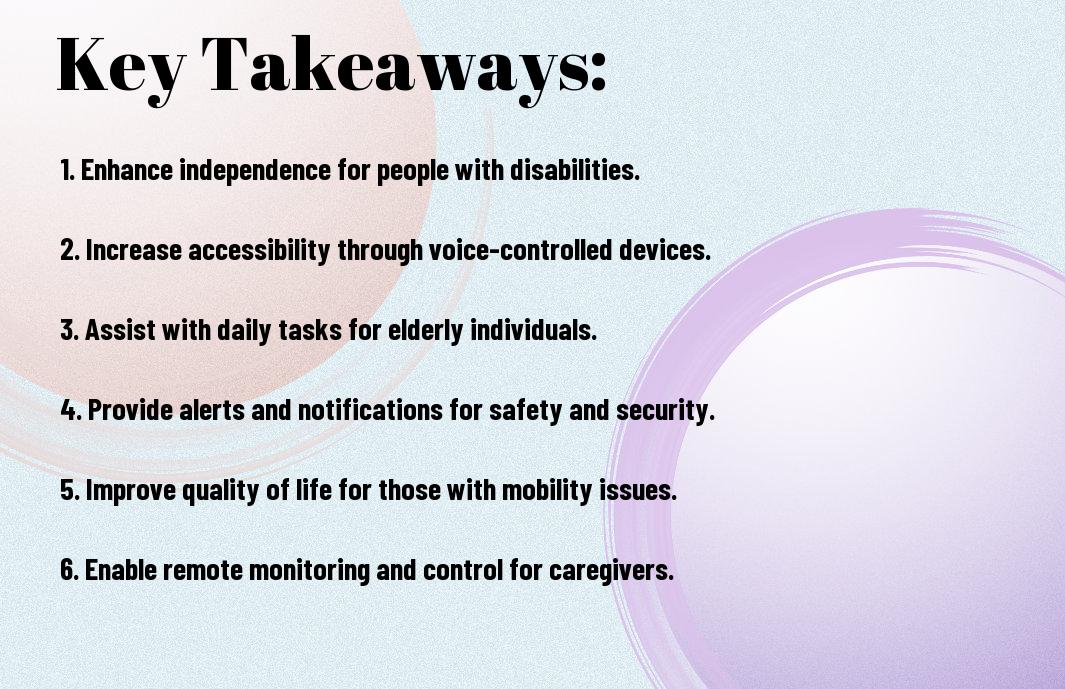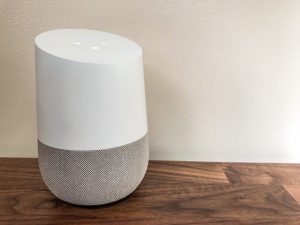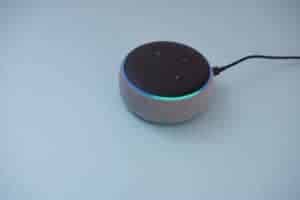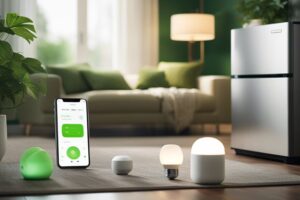Indubitably, incorporating smart home gadgets into your living space can significantly improve accessibility and inclusivity for individuals with disabilities. The advancement of smart technology has led to the development of innovative devices that cater to the specific needs of people with disabilities, making day-to-day activities easier and more convenient. From voice-activated assistants to smart thermostats and automated lighting, these life-changing gadgets provide a level of independence and control that was previously unimaginable. The integration of smart home technology not only enhances the quality of life for individuals with disabilities but also fosters a more inclusive living environment for everyone. To learn more about how home automation is empowering people with disabilities, you can read this insightful article from Times of India here.
Key Takeaways:
- Enhanced Independence: Smart home gadgets enable individuals with disabilities to perform everyday tasks independently, leading to an improved sense of autonomy.
- Customisable Accessibility: These gadgets can be tailored to meet the specific needs of users, allowing for greater inclusivity within the home environment.
- Improved Safety: Smart home devices contribute to a safer living environment for individuals with disabilities by providing security features and emergency response systems.
- Remote Access: The ability to control and monitor home gadgets remotely allows for enhanced accessibility, particularly for those with mobility limitations.
- Integration with Assistive Technology: Smart home gadgets can seamlessly integrate with assistive devices, creating a more inclusive and interconnected living environment for all users.
Enhancing Mobility and Independence
Smart home gadgets play a significant role in enhancing mobility and independence, particularly for those with disabilities or mobility issues. By incorporating these devices into your living space, you can make daily activities more manageable and regain a sense of control over your environment. For example, you may find it helpful to explore smart devices that could make your home more sustainable, as detailed in this article on How smart devices will make your home more sustainable.
Smart Assistants and Voice Control
Smart assistants such as Amazon’s Alexa or Google Assistant can be a game-changer for individuals with limited mobility. By simply using voice commands, you can control various smart devices in your home, from adjusting the thermostat to turning on the lights. This level of control can greatly enhance your independence and quality of life, allowing you to perform daily tasks without relying on physical assistance.
Automated Doors and Lighting Systems
Automated doors and lighting systems are another essential aspect of a smart home that can significantly improve accessibility. With the ability to open and close doors remotely through a smartphone app or by using voice commands, you can move around your home more freely without the need to physically operate doors. Additionally, automated lighting systems can be programmed to turn on and off based on your movements, providing a safer and more accessible environment, particularly during the night. The implementation of these smart technologies can reduce the risk of accidents and increases your sense of independence within your living space.
I’m excited to share with you how smart home gadgets contribute to a more accessible and inclusive living environment. In today’s chapter, we will explore how these innovative technologies improve communication and supervision to enhance the quality of everyday life for individuals with diverse needs.
Improving Communication and Supervision
Smart home gadgets offer a range of communication and supervision features that can greatly benefit you and your loved ones. Video doorbells and security cameras, for instance, provide enhanced security and peace of mind, while wearable technology for health monitoring can assist in tracking and managing your well-being.
Video Doorbells and Security Cameras
Video doorbells and security cameras offer you the convenience and security of being able to monitor your home from anywhere. With the ability to see who is at your door and keep an eye on your surroundings, you can feel more secure and in control of your living environment. This added level of supervision can be especially beneficial for individuals with limited mobility or those living alone, providing a sense of safety and empowerment.
Wearable Technology for Health Monitoring
Wearable technology, such as smartwatches and fitness trackers, can serve as valuable tools for keeping track of your health and well-being. From monitoring your heart rate and physical activity to tracking your sleep patterns, these devices provide you with a wealth of information to help you stay on top of your health. This can be particularly important for individuals with chronic conditions or those who require regular health monitoring, as it allows for greater independence and proactive management of their health.
“`html
Customizing the Living Experience
Smart home gadgets play a crucial role in customizing your living experience and making your environment more accessible and inclusive. These devices allow you to tailor your home to your specific needs and preferences, providing increased independence and comfort.
Adaptive Environment Controls
With smart home gadgets, you can easily adjust environmental controls to suit your individual requirements. Whether it’s setting the perfect temperature, controlling lighting levels, or managing air quality, these devices give you the power to create a comfortable and accommodating environment. This is particularly beneficial for individuals with mobility or sensory impairments, as it eliminates the need for manual adjustments and allows for greater autonomy within the home.
Personalized Routines and Alerts
Smart home technology enables you to create personalised routines and receive alerts tailored to your specific needs. Whether it’s setting reminders for medication, scheduling automated tasks, or receiving notifications for important events, these features can enhance your daily living experience. This is especially advantageous for individuals with cognitive disabilities, as it provides structure and support in managing daily activities, ultimately promoting independence and well-being.
“`
Addressing the Challenges
Smart home gadgets undoubtedly offer numerous benefits, but there are also challenges that need to be addressed to create a truly accessible and inclusive living environment. In this chapter, we will explore the technological barriers and solutions, as well as the importance of ensuring privacy and security when integrating smart home devices into your living space.
Technological Barriers and Solutions
When it comes to smart home gadgets, one of the main technological barriers is the potential for incompatibility between devices from different manufacturers. This can lead to frustration and limited functionality in your smart home setup. However, advancements in technology, such as the development of open-source platforms and interoperability standards, are helping to address these challenges. By choosing smart devices that are compatible with a wide range of platforms, you can ensure a seamless integration and enhance the accessibility of your living environment.
Ensuring Privacy and Security
As you embrace the convenience and accessibility of smart home gadgets, it’s crucial to be mindful of the potential privacy and security risks. With the increasing connectivity of devices, there is a growing concern about the vulnerability of personal data and the potential for cyber-attacks. You must take proactive measures to safeguard your privacy and security, such as using strong, unique passwords for all your smart devices and regularly updating their firmware. Additionally, consider investing in devices with built-in privacy features and robust security protocols to protect your personal information and maintain a secure living environment.

Conclusion: Making Your Living Environment More Accessible with Smart Home Gadgets
With these considerations in mind, it is clear that smart home gadgets play a crucial role in creating a more accessible and inclusive living environment for you and your loved ones. Whether it is through voice-controlled devices, smart lighting, or automated temperature control, these technologies enable individuals with disabilities to navigate and control their living spaces with greater ease and independence. Furthermore, smart home gadgets also provide convenience and assistance for elderly individuals, allowing them to age in place comfortably and securely. By integrating these technologies into your home, you can significantly improve the quality of life for yourself and your family members, whilst promoting a more inclusive and welcoming living environment for all.
Smart Home Gadgets Accessibility and Inclusive Living Environment FAQ
Q: How do smart home gadgets contribute to a more accessible and inclusive living environment?
A: Smart home gadgets provide assistive technology and automation that enable individuals with disabilities to control various devices and appliances, promoting independence and accessibility in their living environment.
Q: What types of smart home gadgets are available to enhance accessibility?
A: Smart home gadgets include voice-activated assistants, smart lighting systems, smart thermostats, security cameras with monitoring capabilities, and smart locks, all of which can be integrated to create an accessible and inclusive living environment.
Q: How do voice-activated assistants assist individuals with disabilities?
A: Voice-activated assistants such as Amazon’s Alexa and Google Home enable individuals with disabilities to control their smart home devices through voice commands, eliminating the need for physical interaction and promoting accessibility.
Q: In what ways do smart lighting systems improve accessibility?
A: Smart lighting systems can be controlled remotely or through voice commands, enabling individuals with mobility issues to adjust lighting levels and create an environment that suits their specific needs, enhancing accessibility in their living space.
Q: How do smart thermostats contribute to an inclusive living environment?
A: Smart thermostats can be programmed and controlled remotely, allowing individuals with disabilities to manage the temperature of their home without the need to physically interact with the thermostat, promoting a more inclusive living environment.
Q: What security features do smart home gadgets offer to promote a safe living environment for individuals with disabilities?
A: Smart home gadgets such as security cameras with monitoring capabilities and smart locks provide individuals with disabilities the ability to monitor and control access to their home, enhancing safety and security in their living environment.
Q: How can smart home gadgets be customized to cater to specific accessibility needs?
A: Smart home gadgets can be integrated and customized to cater to specific accessibility needs, such as creating custom voice commands or automating tasks to simplify daily activities for individuals with disabilities, promoting a more inclusive living environment.








